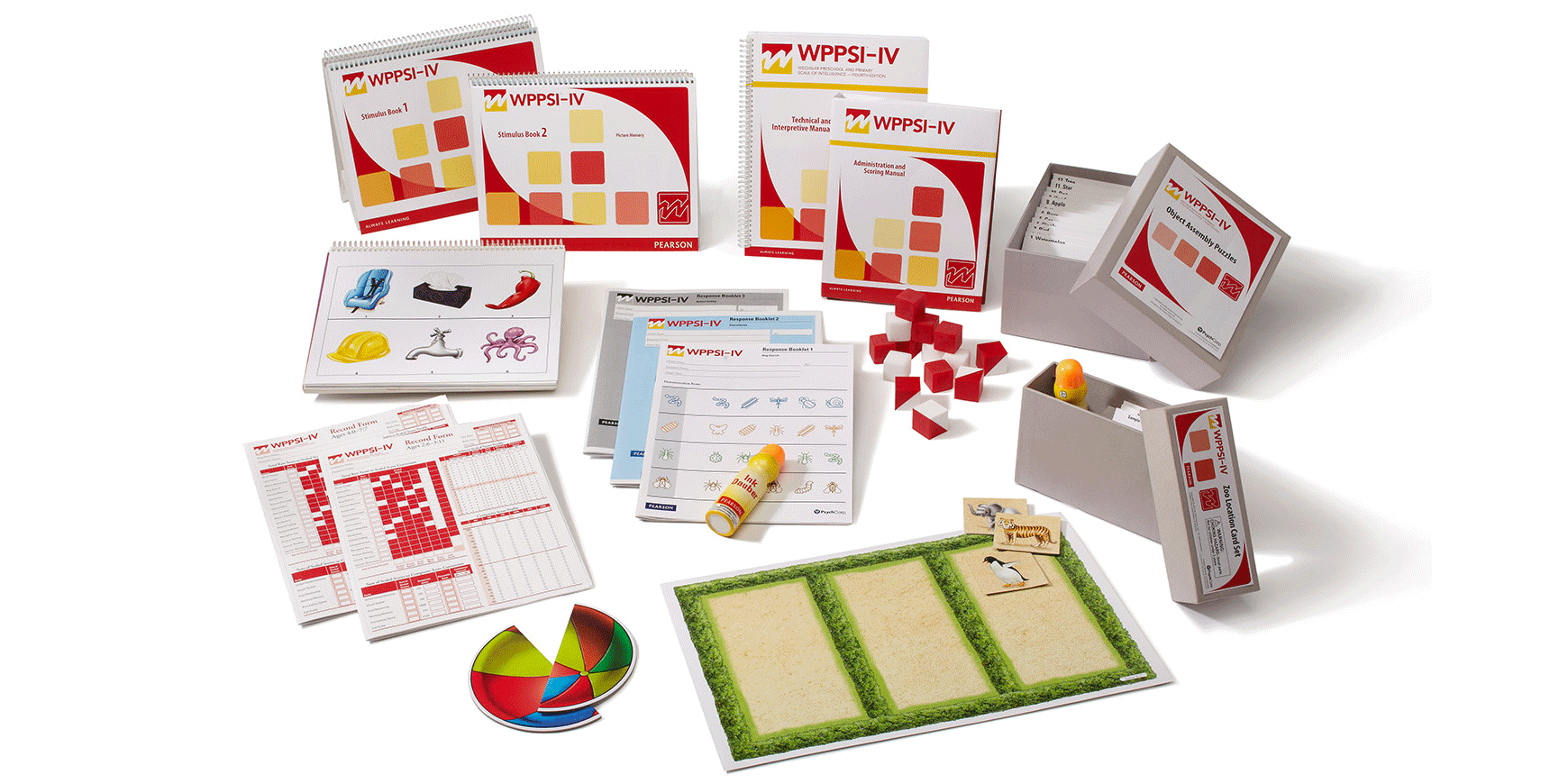Case study – Using the WPPSI-IV UK and the WIAT-III UK together to gain greater insight into a child’s abilities

A child of 6 years was referred for difficulties across a variety of developmental areas. William (not his real name) did not have any formal diagnosis but had some difficulties with writing and reading. The initial referral and consultation highlighted the fact that Willliam was very small for his age, summer born and immature across most developmental areas in comparison to his peers. Initially, the referral focused on the output William produced, reading words and writing sentences. However, as the consultation progressed, there also appeared to be some other difficulties with social and physical development.
Using a variety of subtests to form a hypothesis
Initially this piece of work was a private parent referral. It started with a hypothesis around specific difficulties with reading and spelling words.
However, following the observation and consultation with William, other difficulties became apparent. In order to consider the extent of William’s difficulties with spelling and reading, I decided to use some of the subtests from the Wechsler Individual Achievement Tests – 3rd UK Edition (WIAT-III UK).
These included the early reading skills, word reading, pseudoword decoding and spelling, as well as the numeracy subtest in order to provide a contrast curriculum area.
However, as a consequence of my interest in other cognitive areas, I also completed a number of the subtests from the Wechsler Preschool & Primary Scale of Intelligence - Fourth UK Edition (WPPSI-IV UK).
I wanted to be able to compare William’s performance with that of other children his age. Due to William’s immaturity, both emotionally and physically, I hypothesised that he may not be performing as well as his peers. I wanted to know the extent of these difficulties and whether he would make progress and work towards catching up or whether his difficulties were in fact an indicator of something else.
Classroom observation
The completion of the WPPSI-IV UK and WIAT-III UK subtests complimented each other and enabled me to provide a very full picture of William’s strengths and areas for development.
Following this, I decided to complete a classroom observation to consider how such difficulties present in the classroom. The observation provided a means of checking what has been observed and measured in the one to one assessment session and whether in fact these things pose a challenge I the classroom and to what extent.
Management
On this occasion, the information gained from the standardised assessment highlighted the difficulties experienced on a daily basis by William and enabled both parents and school staff to target these in a consistent and supportive way.
Case study by Melanie Adkins, Educational Psychologist